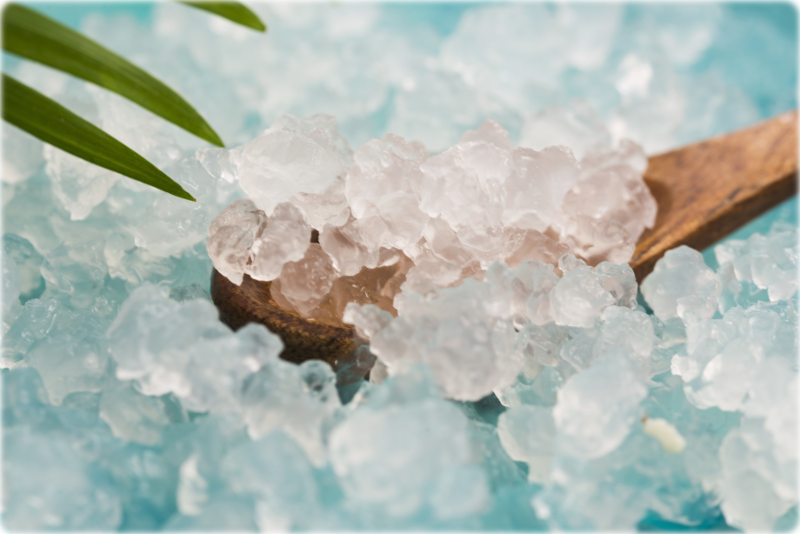FAQ
Fruit Kefir's live probiotics content
Fruit Kefir is a water-based fermented beverage.
Its Lactobacillus probiotic content, more than 15 billion per 500ml*, makes it excellent for digestive health.
Additionnaly, these Lactobacillus convert simple sugar into complex sugar Prebiotics ( Exopolysaccharides ) with health benefits.1,3
Compared to Kombucha, Fruit Kefir is less acidic and has no vinegary taste,
so it is smooth for sensitive stomachs. Fruit Kefir has a rich beneficial bacteria diversity :
|
Fruit Kefir Lactobacillus hordei * : Based on independant lab analysis results of our Fruit Kefir. |
Traditionally brewed
The ingredients used are certified organic. Some fruit or milk kefir use bacterial starters
made in a laboratory to streamline factory production. Our Kefir deserves its authenticity
through the use of 100% real Kefir grains also called SCOBY
(Symbiotic Combination of Bacteria and Yeasts).

Glass containers
Our beverage is fermented in glass containers only. Glass being completely inert,
unlike plastic or metal that can react in contact with a fermenting liquid
and affect the quality of the beverage.
No lactose no caffeine
Sensitivity to dairy products affects many people
which prevents them from eating yogurt and milk kefir.
Kombucha, based on black tea contains a certain amount of caffeine.
Fruit kefir is dairy free and caffeine free which makes it good for everyone including young children.
Sparkling and refreshing, naturally
Fruit kefir gets its naturally sparkling character through a second stage anaerobic fermentation.
These are real bubbles as in champaign and not injected CO2 like they do for many soft drinks.
Live drink; Conservation temperature
Temperature determines level of activity of the bacteria and yeasts contained in fruit kefir.
The warmer it gets, the more active they are. In order to keep it for a long time at an acceptable level of carbonation,
it must be at fridge temperature. If kept warm, you might have a surprise at the opening!
In addition, it will change taste becoming less sweet and more acidic.
